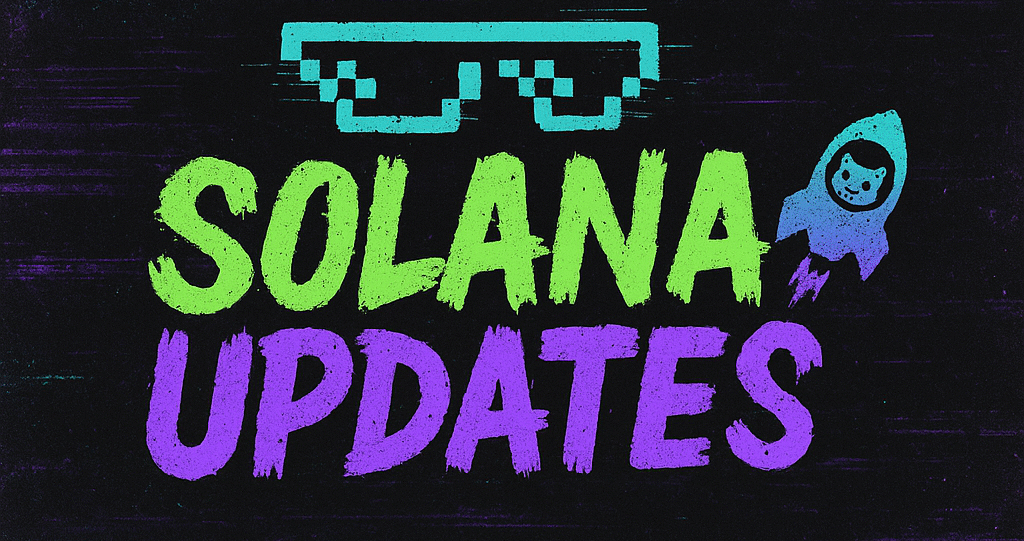Crypto Treasury Firms and the Echoes of the Dotcom Bust
The financial landscape is once again under scrutiny as parallels are being drawn between the current state of crypto treasury companies and the notorious dotcom bust of the early 2000s. A quarter of a century may have passed since the dotcom bubble burst, but the underlying investor psychology that fueled that crisis appears to have persisted, reemerging in today’s cryptocurrency markets.
In the late 1990s and early 2000s, the dotcom boom was characterized by overwhelming enthusiasm for internet-based businesses, many of which operated on speculative valuations and minimal profitability. As investors poured capital into these companies, valuations soared to unsustainable levels, leading to a catastrophic market correction. The bust wiped out trillions in market value and left a lasting impact on the financial ecosystem.
Fast forward to today, the crypto market is experiencing its own version of this phenomenon. Crypto treasury firms, which manage digital assets for various entities, have become a focal point of concern. These companies often hold large amounts of cryptocurrencies and are tasked with balancing the potential for high returns against significant market volatility.
The central issue lies in the speculative nature of the digital assets these treasury companies manage. Cryptocurrencies, much like the internet stocks of the dotcom era, are prone to dramatic price fluctuations, influenced by market sentiment rather than intrinsic value. This volatility is exacerbated by the rapid pace of technological advancements and the influx of new investors, many of whom are drawn by the promise of quick profits without a comprehensive understanding of the market’s underlying risks.
Moreover, the lack of regulatory oversight in the crypto space adds another layer of complexity. While some progress has been made, the regulatory framework for cryptocurrencies and related financial products is still evolving. Without clear guidelines and protective measures, both investors and treasury companies are vulnerable to market manipulations and systemic risks.
Investor psychology plays a crucial role in this dynamic. The fear of missing out (FOMO) continues to drive investment decisions, often leading to irrational exuberance. This behavior mirrors the attitude of investors during the dotcom boom, where the allure of exponential growth overshadowed the need for due diligence and risk assessment.
However, it’s important to note that the crypto industry today is not a mere replica of the dotcom era. While similarities exist, the technological innovations and potential applications of blockchain technology offer tangible benefits that extend beyond mere speculative trading. Yet, the challenge remains to harness these innovations in a sustainable and balanced manner.
To mitigate the risks akin to the dotcom bust, industry stakeholders, including crypto treasury companies, regulators, and investors, must collaborate to establish a robust framework that promotes transparency, accountability, and education. This includes adopting best practices for risk management, enhancing regulatory compliance, and fostering an environment where informed investment decisions can thrive.
As we navigate this evolving landscape, the lessons of the past serve as a critical reminder of the importance of caution and prudence. By acknowledging the psychological and structural similarities to the dotcom era, the crypto industry has the opportunity to avoid repeating history and instead, pave the way for a more resilient and sustainable financial future.
🛒 Recommended Product: Check out top-rated crypto gear on Amazon


